Calming interiors characterise a 1950s mid century modern house in Mexico City
HEMAA Arquitectura celebrates the mid century architecture of a family house – designed by Mexican architect Augusto H. Álvarez – with a respectful renovation, plus a new material palette of light oak and grey stucco
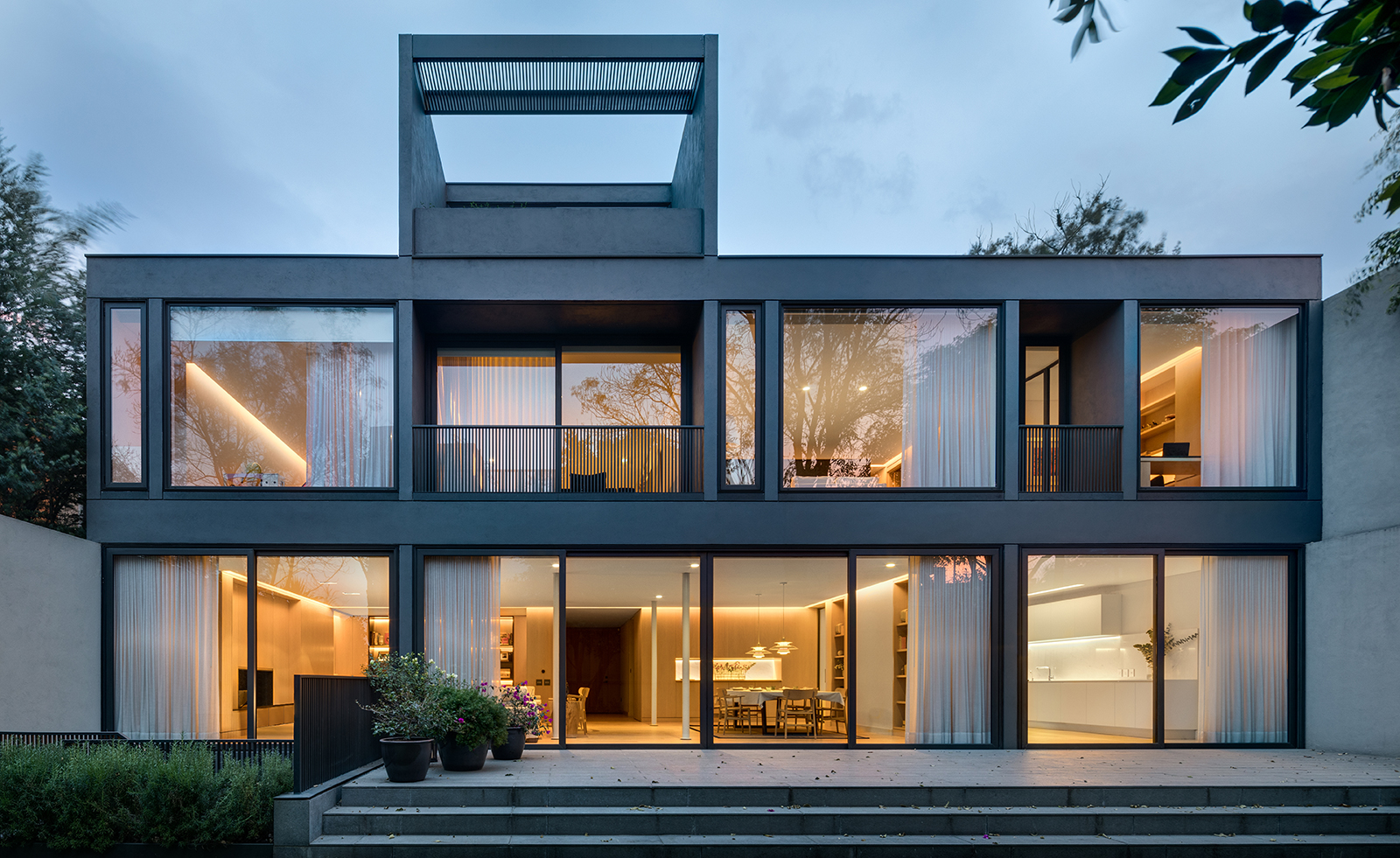
This four bedroom house in Mexico City originally built in the 1950s has been returned to its mid century modern character, with a contemporary edge, by Mexico based HEMAA Arquitectura. While respectful to the original open plan living spaces, the architects have given a whole new life to the family house with new light oak panelling and a grey stucco façade.
The architects conducted research into the history of the house, finding original documents that traced it back to the renowned Mexican architect Augusto H. Álvarez, who designed it in the 1950s. Modifications from previous renovations were stripped back to reveal the original open plan and lightweight structure. Álvarez's base grid plan assembled the living spaces around four structural axes every four metres.
The original design can be understood best on the ground floor, where the wide open plan living and dining space is punctuated by slim structural pilotis, and features a wall of glazing opening up to the garden outside. Upstairs, the second level hosts the four bedrooms and the third level has an exterior terrace, and room designed for fitness and health.
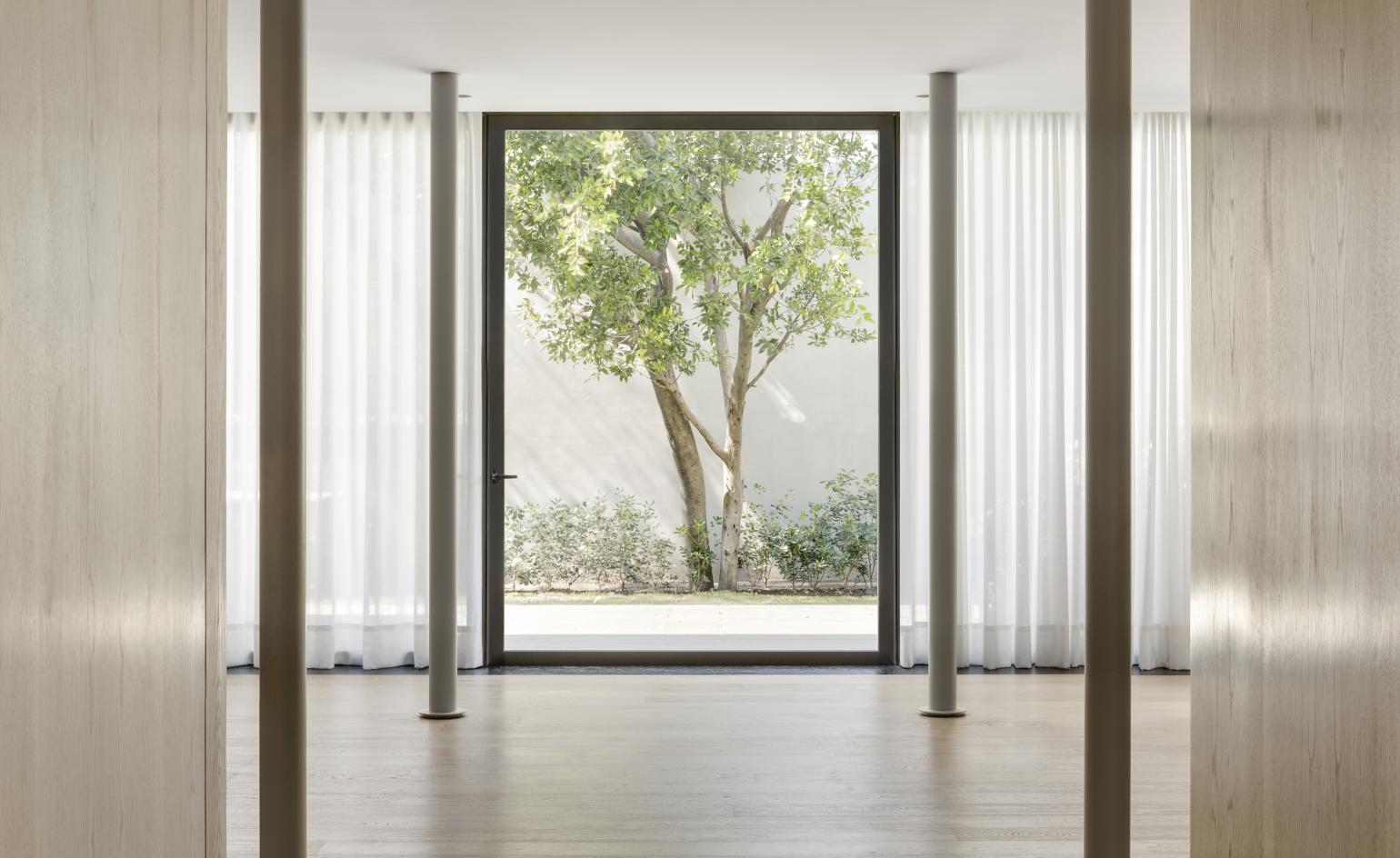
HEMAA Arquitectura introduced a dramatic treatment of light and dark. The monolithic dark grey stucco façade at the front of the house, which offers privacy to the clients, is a huge contrast to the glazed façade to the rear of the house, which opens up the the garden to fuse indoor and outdoor living.
The journey into and through the house, brings inhabitants gradually from dark to light. In the entrance foyer, a sculptural chiro scuro effect is created through vertically striped openings in the front door. This space leads into the rest of the house where light oak wood interior architecture in the living spaces slowly neutralises the light, resulting in a calm and uplifting atmosphere.
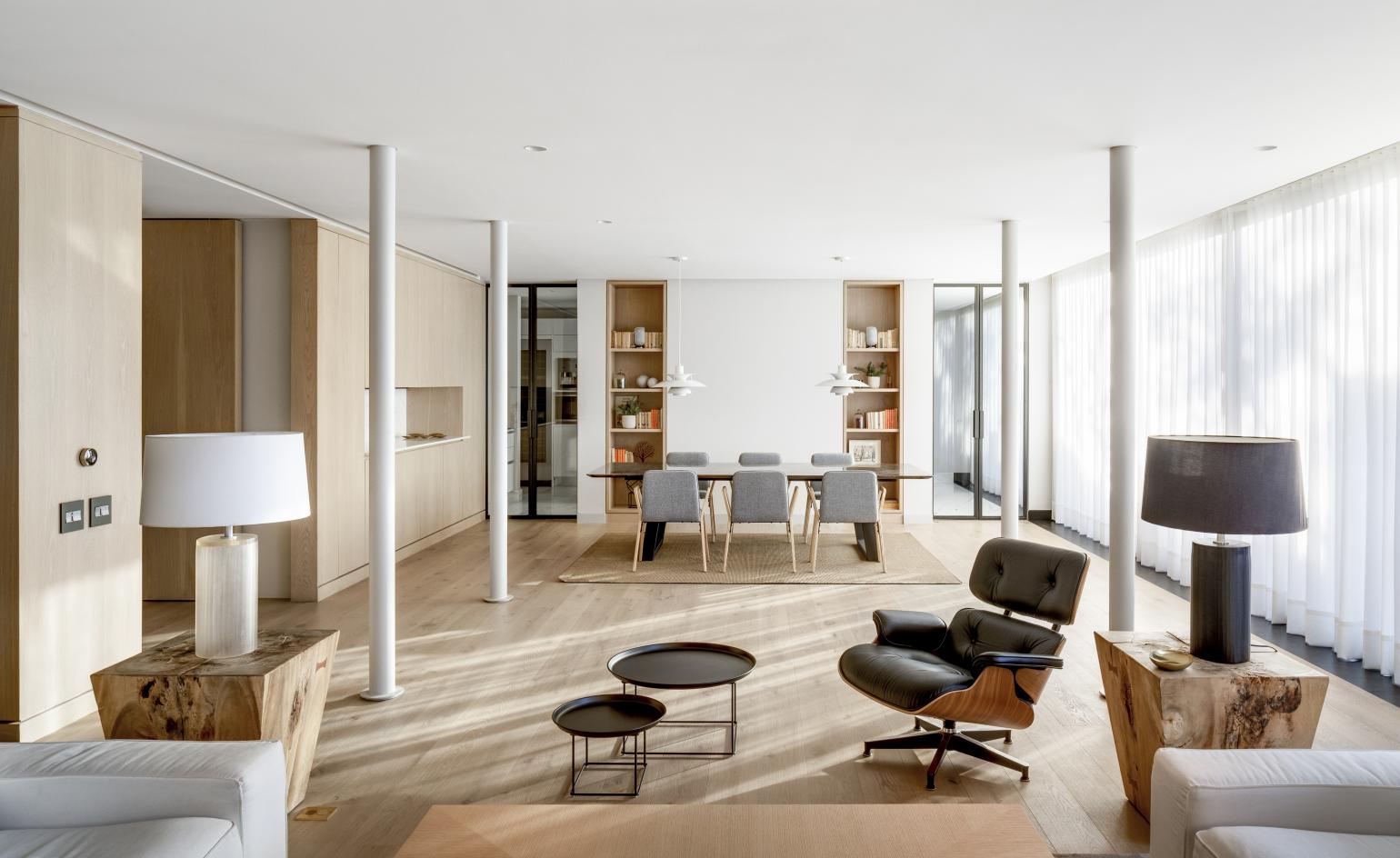

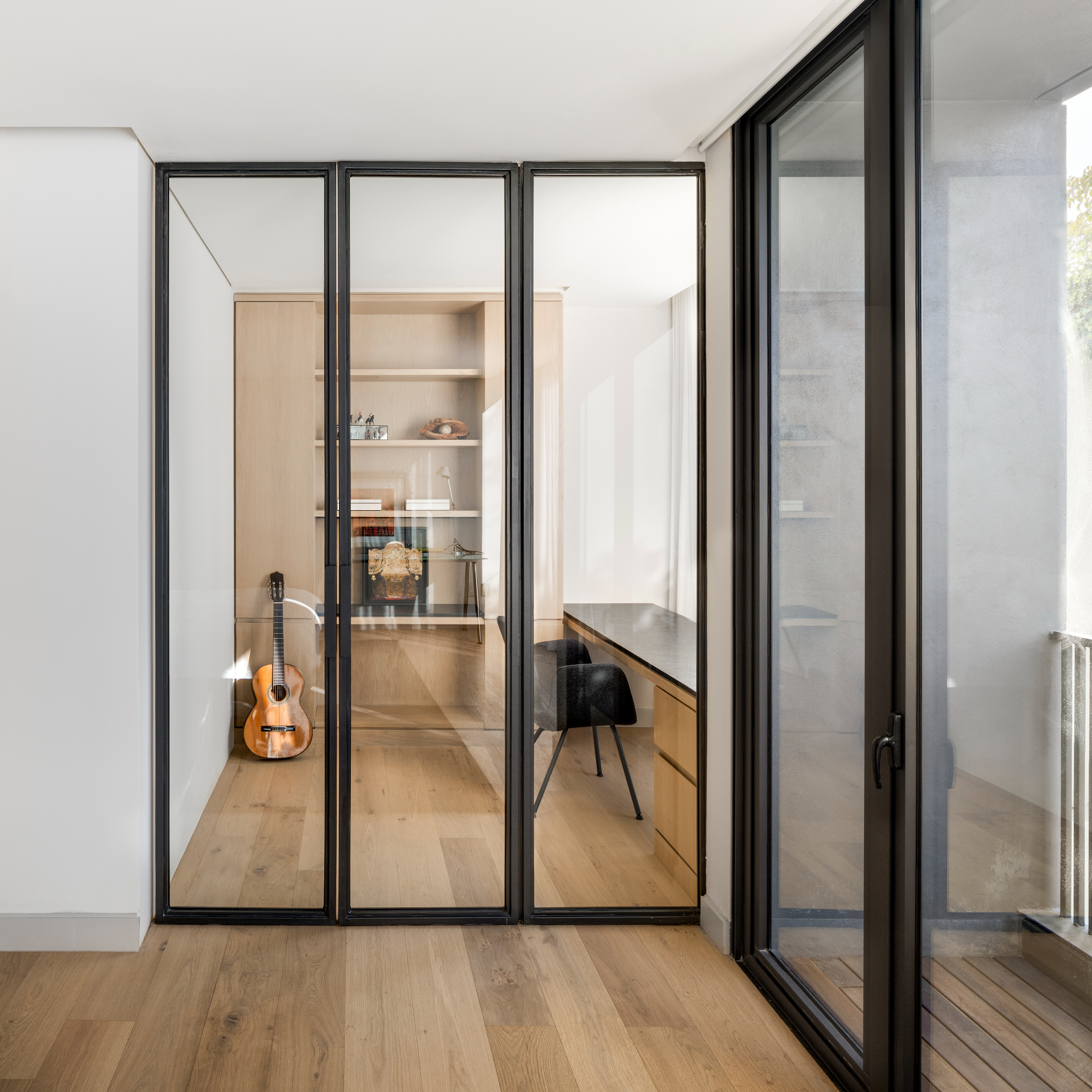
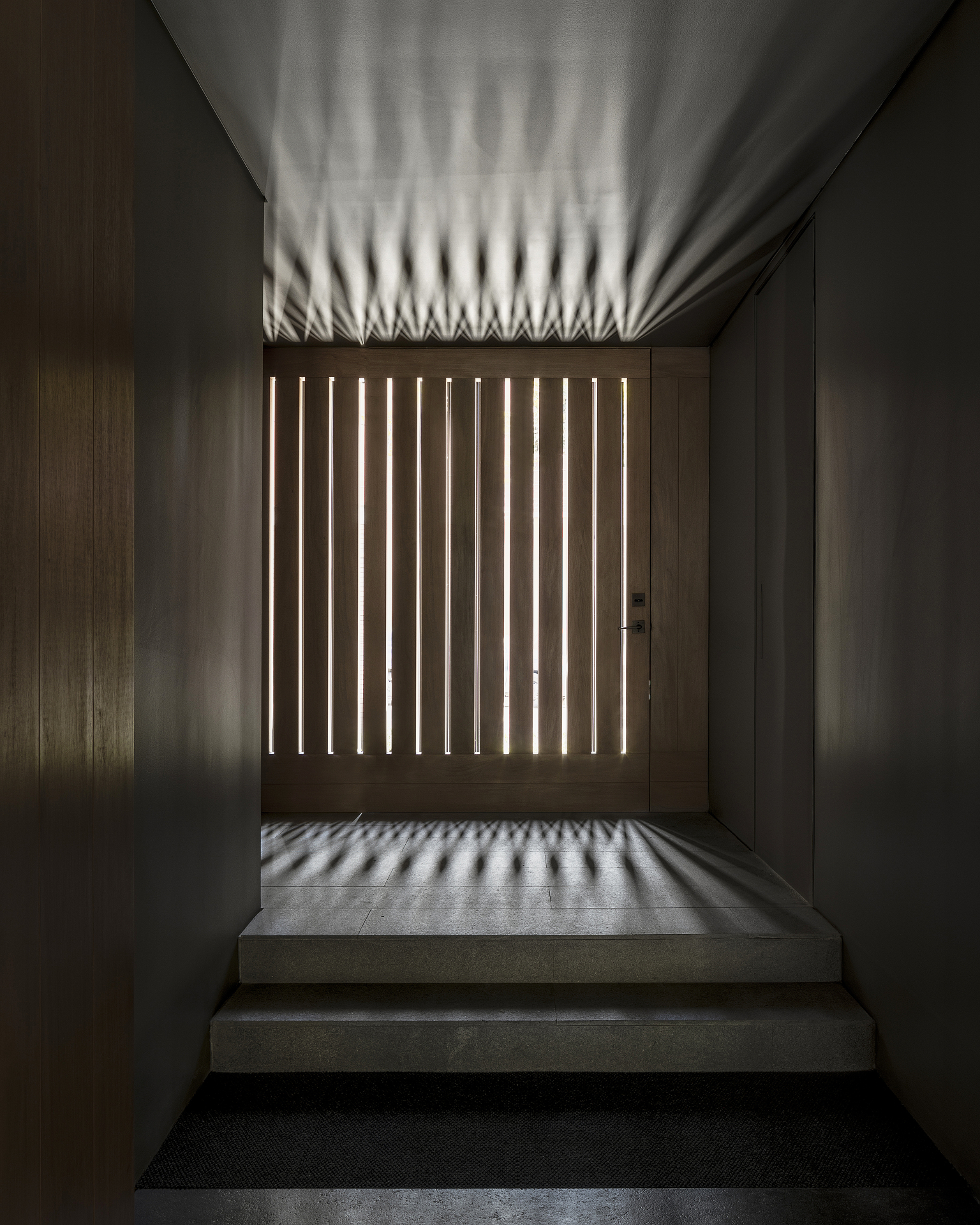
INFORMATION
Receive our daily digest of inspiration, escapism and design stories from around the world direct to your inbox.
Harriet Thorpe is a writer, journalist and editor covering architecture, design and culture, with particular interest in sustainability, 20th-century architecture and community. After studying History of Art at the School of Oriental and African Studies (SOAS) and Journalism at City University in London, she developed her interest in architecture working at Wallpaper* magazine and today contributes to Wallpaper*, The World of Interiors and Icon magazine, amongst other titles. She is author of The Sustainable City (2022, Hoxton Mini Press), a book about sustainable architecture in London, and the Modern Cambridge Map (2023, Blue Crow Media), a map of 20th-century architecture in Cambridge, the city where she grew up.
-
 A day in Ahmedabad – tour the Indian city’s captivating architecture
A day in Ahmedabad – tour the Indian city’s captivating architectureIndia’s Ahmedabad has a thriving architecture scene and a rich legacy; architect, writer and photographer Nipun Prabhakar shares his tips for the perfect tour
-
 You can now stay in one of Geoffrey Bawa’s most iconic urban designs
You can now stay in one of Geoffrey Bawa’s most iconic urban designsOnly true Bawa fans know about this intimate building, and it’s just opened as Colombo’s latest boutique hotel
-
 Pentagram’s identity for eVTOL brand Vertical Aerospace gives its future added lift
Pentagram’s identity for eVTOL brand Vertical Aerospace gives its future added liftAs Vertical Aerospace reveals Valo, a new air taxi for a faster, zero-emission future, the brand has turned to Pentagram to help shape its image for future customers
-
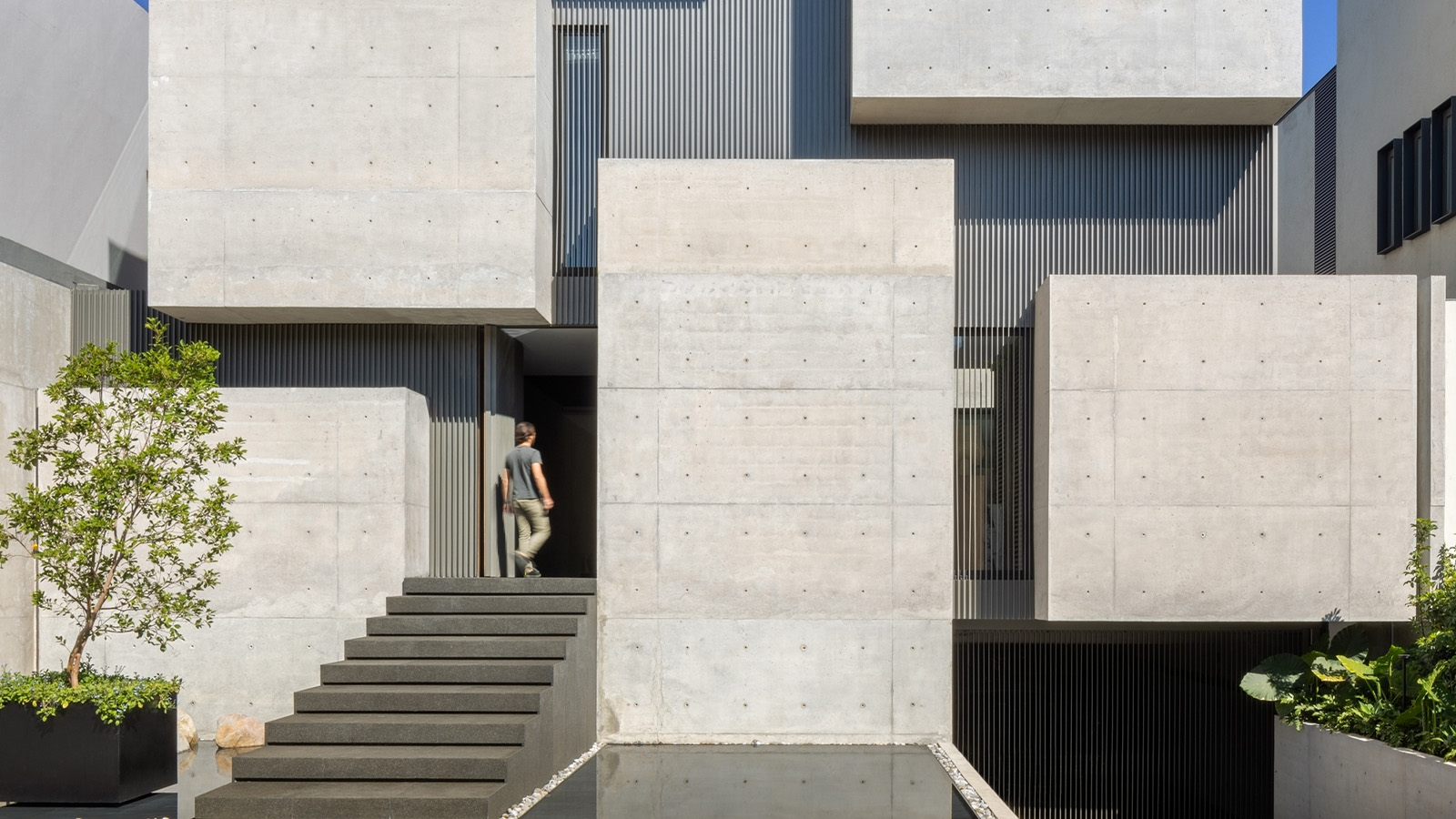 A cubist house rises in Mexico City, its concrete volumes providing a bold urban refuge
A cubist house rises in Mexico City, its concrete volumes providing a bold urban refugeCasa Ailes, a cubist house by Jaime Guzmán Creative Group, is rich in architectural expression that mimics the dramatic and inviting nature of a museum
-
 The Architecture Edit: Wallpaper’s houses of the month
The Architecture Edit: Wallpaper’s houses of the monthFrom wineries-turned-music studios to fire-resistant holiday homes, these are the properties that have most impressed the Wallpaper* editors this month
-
 The Stahl House – an icon of mid-century modernism – is for sale in Los Angeles
The Stahl House – an icon of mid-century modernism – is for sale in Los AngelesAfter 65 years in the hands of the same family, the home, also known as Case Study House #22, has been listed for $25 million
-
 This modernist home, designed by a disciple of Le Corbusier, is on the market
This modernist home, designed by a disciple of Le Corbusier, is on the marketAndré Wogenscky was a long-time collaborator and chief assistant of Le Corbusier; he built this home, a case study for post-war modernism, in 1957
-
 Louis Kahn, the modernist architect and the man behind the myth
Louis Kahn, the modernist architect and the man behind the mythWe chart the life and work of Louis Kahn, one of the 20th century’s most prominent modernists and a revered professional; yet his personal life meant he was also an architectural enigma
-
 The Architecture Edit: Wallpaper’s houses of the month
The Architecture Edit: Wallpaper’s houses of the monthFrom Malibu beach pads to cosy cabins blanketed in snow, Wallpaper* has featured some incredible homes this month. We profile our favourites below
-
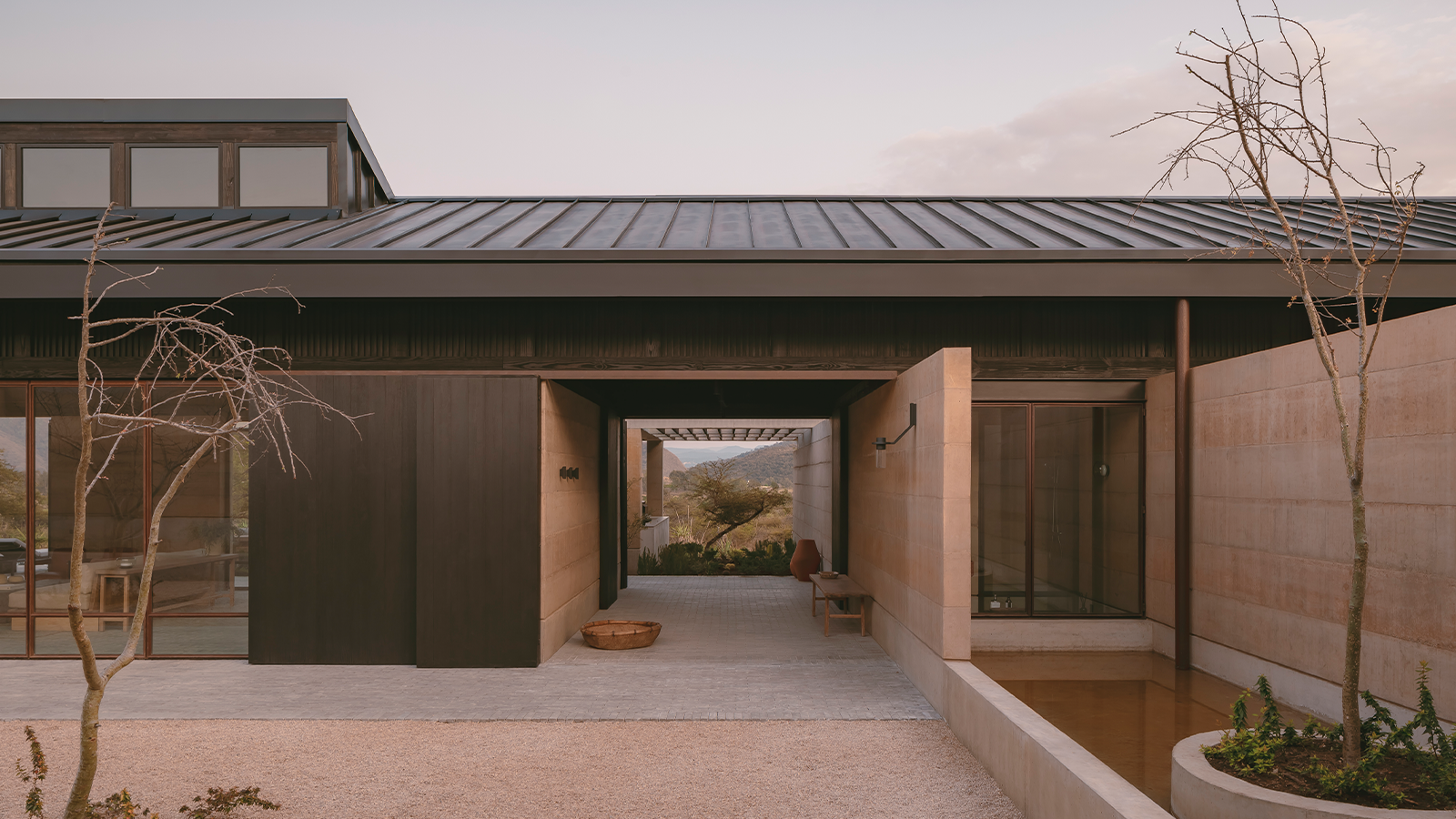 Serenity radiates through this Mexican home, set between two ravines
Serenity radiates through this Mexican home, set between two ravinesOn the cusp of a lakeside town, Mexican home Casa el Espino is a single-storey residence by Soler Orozco Arquitectos (SOA)
-
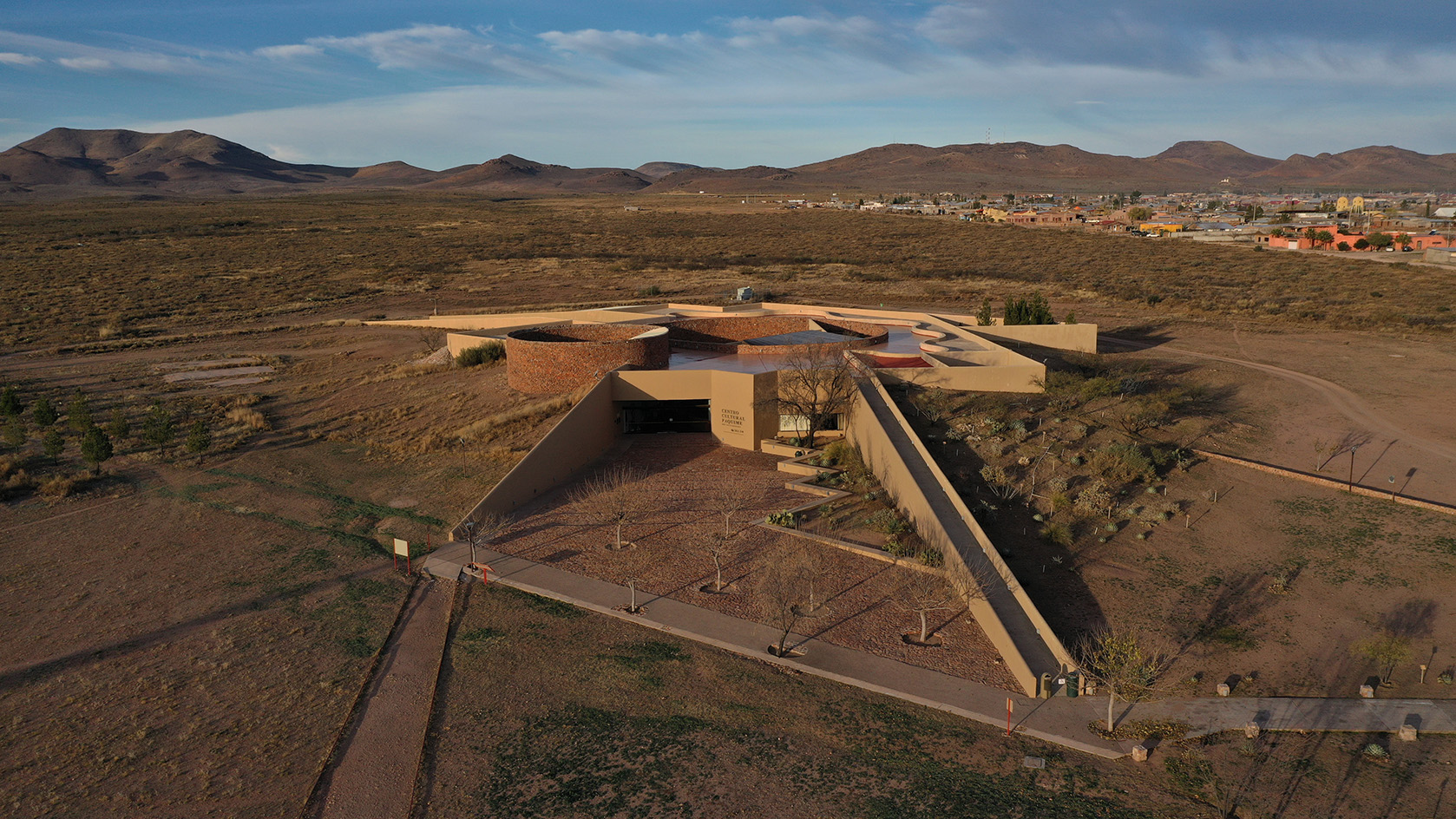 Mexican landscape architect Mario Schjetnan's Grupo de Diseño wins 2025 Oberlander Prize
Mexican landscape architect Mario Schjetnan's Grupo de Diseño wins 2025 Oberlander PrizeThe 2025 Oberlander Prize goes to Mexican landscape architect Mario Schjetnan and his studio, Grupo de Diseño, highlighting the creative's motto: 'We have a human right to open space'